Welcome to the Research and Strategy Services at in today's fast-paced.

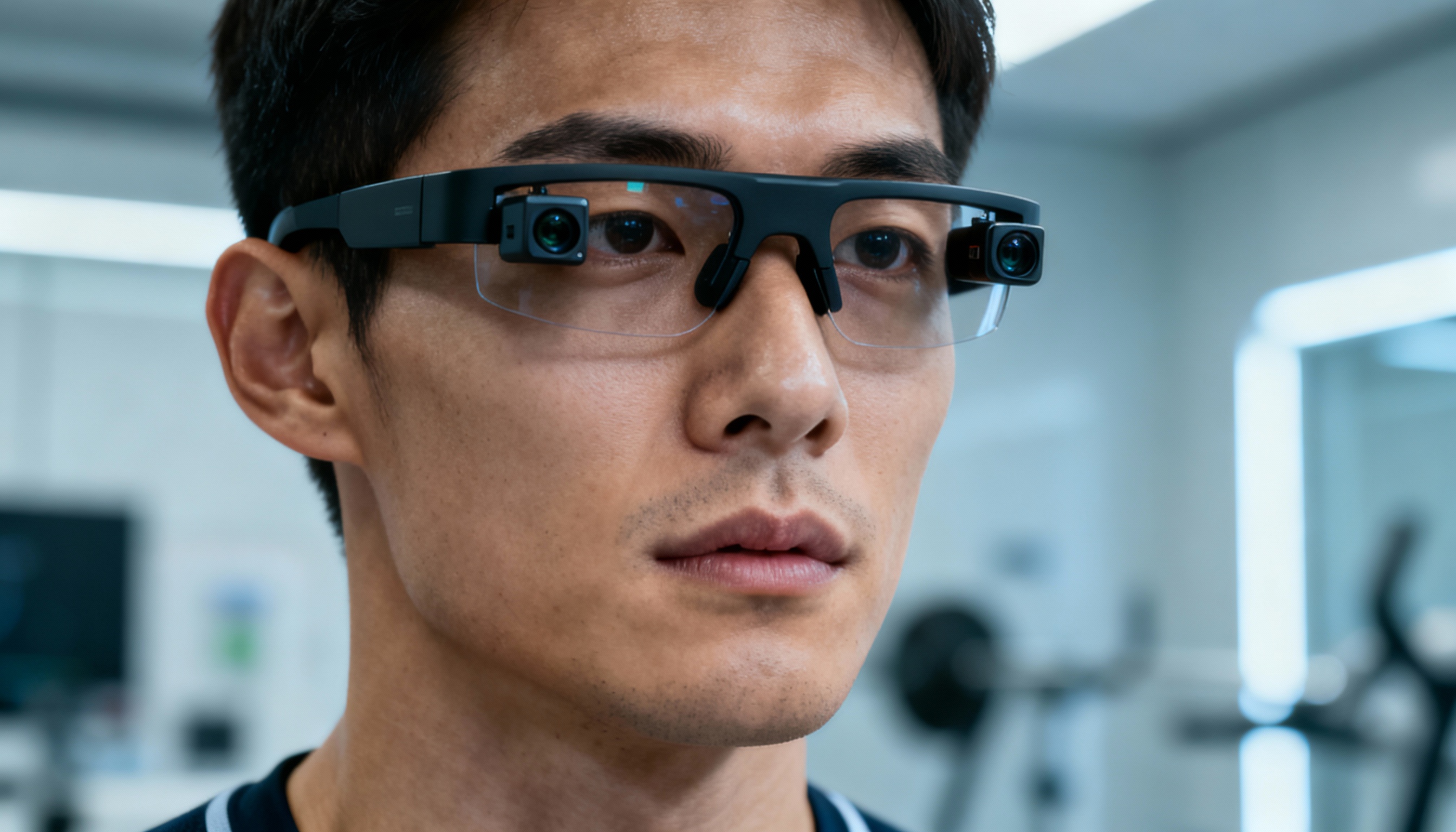
Eye-tracking has become one of the most valuable technologies in human performance because where athletes look determines:
For clinicians, eye-tracking reveals subtle biomarkers for visual efficiency, oculomotor dysfunction, attention issues, and neurological recovery.
Below are five of the most widely used and respected eye-tracking systems in sports, rehab, and applied research today.

What It Is
Tobii is the global leader in eye-tracking hardware and analytics, providing high-precision systems used across neuroscience, human factors, elite sport, and academic research.
Why It’s Used in Performance & Science
Tobii offers both screen-based trackers (for lab environments) and glasses-based systems (for real-world sport). Their glasses are often seen in soccer, driving research, tactical studies, and visual search assessments.
Pros
Cons
Scores (1–10)

What It Is
Pupil Labs offers open-source, research-grade eye-tracking glasses widely used in universities, biomechanics labs, and applied sports science.
Why It’s Used in Sports
Lightweight glasses and transparent data access make Pupil Labs ideal for studies on attention, scanning behavior, visual search, and gaze-based decision-making.
Pros
Cons
Scores (1–10)
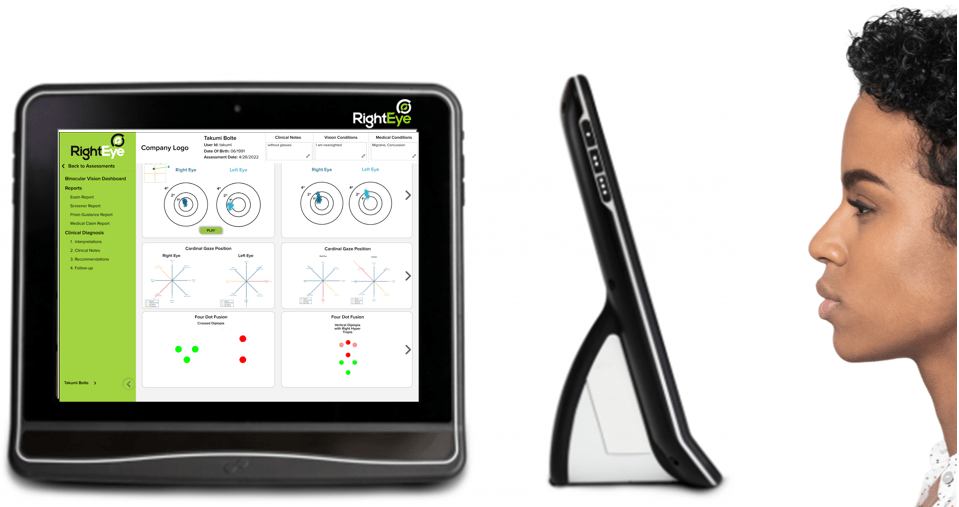
👉 RightEye
What It Is
RightEye is a clinical eye-tracking and vision-assessment platform used across optometry, concussion management, and integrative healthcare.
Why It’s Used in Clinics & Concussion Care
RightEye provides automated tests for eye movements, saccades, smooth pursuit, and visual attention — producing easy-to-interpret reports for patients and practitioners.
Pros
Cons
Scores (1–10)

👉 EyeGuide
What It Is
EyeGuide Focus is a portable, 10-second neuro-oculomotor screening tool widely used in sports, military, and workplace safety programs.
Why It’s Used in Sports
It detects subtle oculomotor changes associated with concussion, fatigue, stress, and cognitive impairment, making it valuable for sideline and return-to-play frameworks.
Pros
Cons
Scores (1–10)
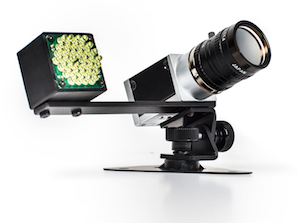
What It Is
Smart Eye is an advanced multi-camera eye-tracking system used in research labs, automotive testing, and sports vision programs needing extreme precision and custom setups.
Why It’s Used in Research
Smart Eye excels in high-speed, high-accuracy oculomotor tracking, making it ideal for advanced motor-control, gaze-anticipation, and reaction studies.
Pros
Cons
Scores (1–10)

Eye-tracking integrates powerfully with cognitive-performance platforms like NeuroTracker, creating a complete view of visual attention, decision-making, and readiness.
Q: Can eye-tracking really improve athletic performance?
A: Yes — gaze behavior strongly predicts decision-making accuracy, anticipation, and visual processing speed. Training these behaviors can improve on-field performance.
Q: Which system is best for concussion clinics?
A: RightEye and EyeGuide are widely used for impairment and oculomotor-function screening.
Q: Which system is best for research?
A: Tobii Pro, Pupil Labs, and Smart Eye all offer research-grade tracking depending on budget and complexity.
Q: Can eye-tracking be paired with cognitive training?
A: Absolutely — combining eye-tracking with NeuroTracker gives a deeper understanding of visual attention under load.

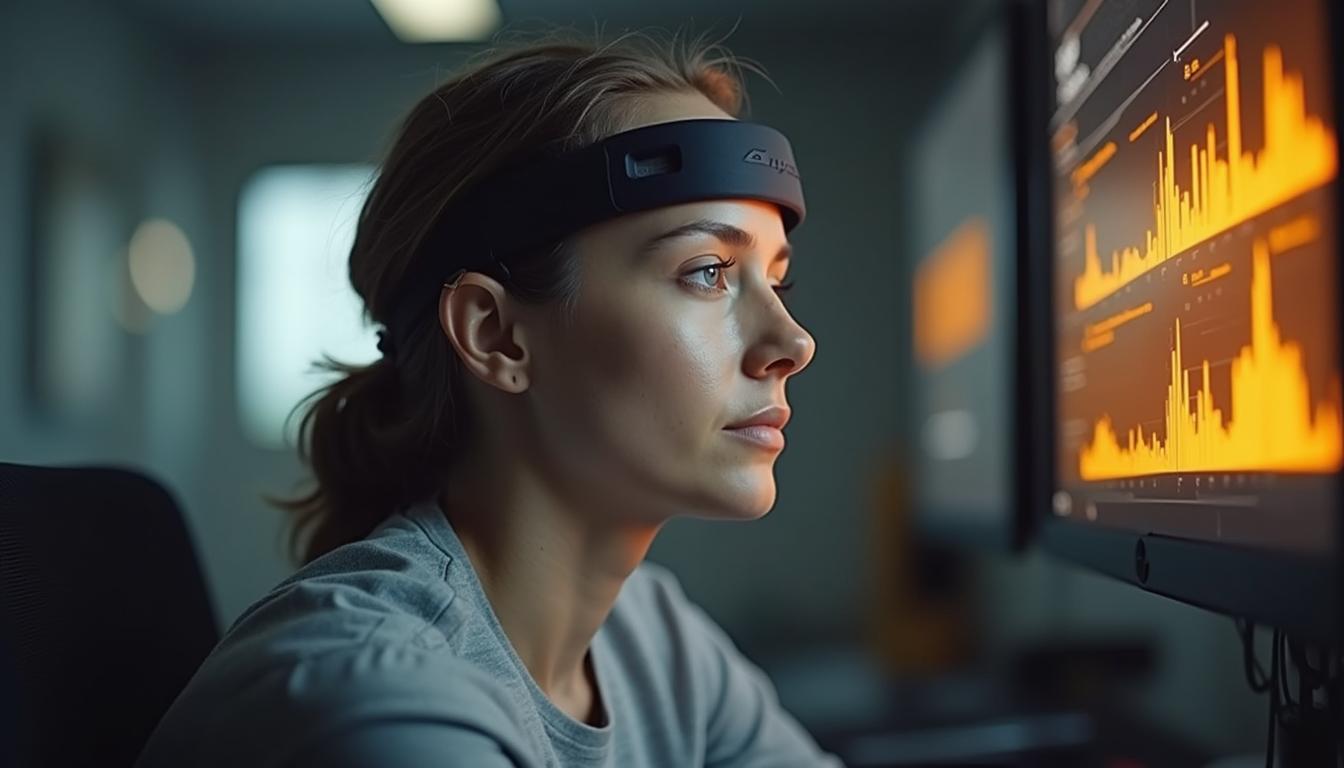

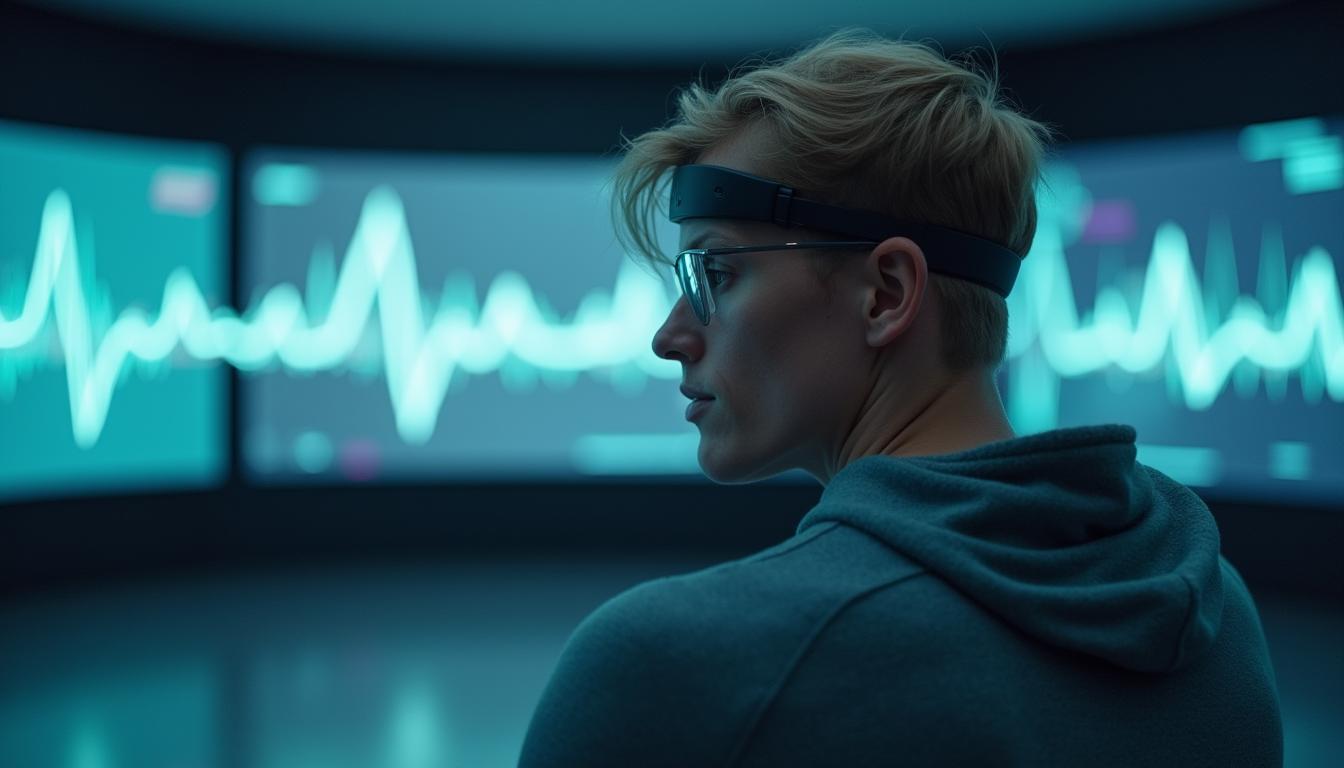




Welcome to the Research and Strategy Services at in today's fast-paced.

Explore the top VR training systems for immersive cognitive and motor training.

Compare NeuroTracker, BrainCheck, Cambridge Brain Sciences, BrainBit, and FocusCalm for measuring mental fatigue.

Compare WHOOP, Oura, Polar, Elite HRV, and BioStrap for tracking recovery and readiness via HRV.
.png)